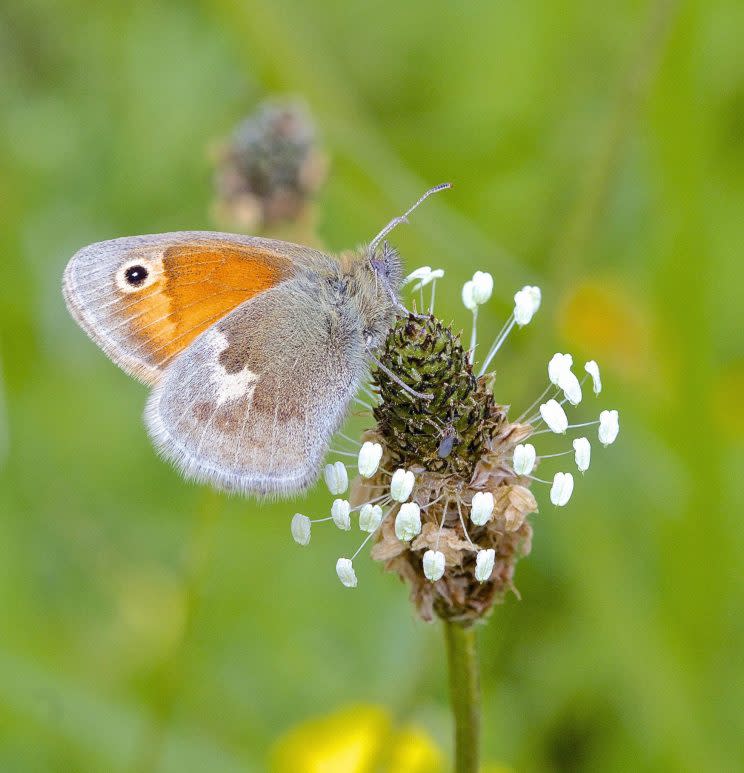Study shows urban butterflies are declining quicker than their countryside counterparts

The number of butterflies in towns and cities are declining more dramatically than their countryside counterparts, a study has revealed.
The study by Butterfly Conservation, the University of Kent and the Centre for Ecology and Hydrology (CEH) found that 25 out of 28 butterfly species had declined more in towns than the countryside between 1995 and 2014.
Overall, the abundance of urban butterflies fell 69% over the 20 years, compared with a 45% decline in rural areas.
For some species the difference was even more marked, with urban-living small copper numbers down by 75% compared with 23% in rural areas, while the small heath butterfly saw numbers tumble 78% in towns and 17% in the countryside.

Changes to gardens, increased pollution, development and loss of habitats such as wildlife-friendly brownfield sites are among the causes of the the steeper declines in urban areas, the research in the journal Ecological Indicators said.
Climate change is also harming some species, like the ones that struggle in warmer winters, and the problems are made worse in cities which generally have slightly higher temperatures.
MORE: Police in Iceland rap tourists for staring at the Northern Lights while driving
MORE: Adding vitamin D to food reduces deaths, say scientists
Lead researcher Dr Emily Dennis, from Butterfly Conservation and the University of Kent, said: “We used sophisticated statistical techniques to reveal that practically all butterfly species that we assessed were found to be struggling in urban areas, mostly likely due to the combined effects of habitat loss, climate changes and the intensification of land use.”
The study, which drew on data gathered weekly between April and September each year by thousands of volunteers across the country under the UK Butterfly Monitoring Scheme, also showed butterflies in urban areas were emerging on average two days earlier than their countryside counterparts and flights were slightly longer for the insects in towns and cities.
Butterfly Conservation’s head of monitoring Professor Tom Brereton voiced concerns over factors like back gardens are being sold for development, the use of more harsh landscaping like decking, an increased use in pesticides and farmland at the edge of towns being earmarked for development.
He said: “This study shows that in urban areas, where most people live and experience the natural world, butterflies are in even more trouble than in our intensively farmed countryside.
“We must act now to ensure that we manage the environment to maintain the very things we cherish.”

 Yahoo News
Yahoo News 


